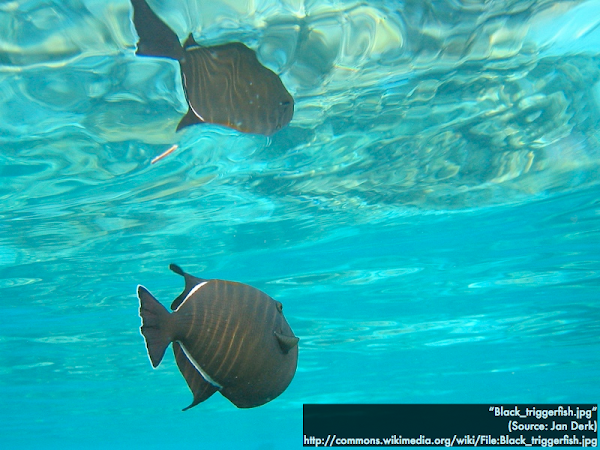Cuesta College, San Luis Obispo, CA
Students have a bi-weekly online reading assignment (hosted by SurveyMonkey.com), where they answer questions based on reading their textbook, material covered in previous lectures, opinion questions, and/or asking (anonymous) questions or making (anonymous) comments. Full credit is given for completing the online reading assignment before next week's lecture, regardless if whether their answers are correct/incorrect. Selected results/questions/comments are addressed by the instructor at the start of the following lecture.
The following questions were asked on reading textbook chapters and previewing presentations on total internal reflection and polarization.

Selected/edited responses are given below.
Describe what you understand from the assigned textbook reading or presentation preview. Your description (2-3 sentences) should specifically demonstrate your level of understanding.
"In the case where the incident angle θ1 in the higher refractive index material n1 is greater than the critical angle value θc, there will be no ray transmitted out into the lower refractive index material. The ray will instead be reflected back down into the higher refractive index material n1, subject to the law of reflection."
"Vertically polarized radio waves are forms of light that transmit electronic waves. These waves oscillate like a rope being vibrated up and down. Antennae are parallel to one another in order to send receive the perpendicular waves. Polarizer filters are similar in the sense that they receive parallel waves but block perpendicular ones."
"How optical fibers work! It was very cool how it uses frustrated refraction by snells law to transmit light waves for long distances with minimal energy loss."
"That there are two required conditions to make total internal reflection possible. I also find it interesting that diamonds can be cut to reflect light many times, simply by the angles they are cut, but rhinestones have to have a reflective coating on the back to produce the same results."
Describe what you found confusing from the assigned textbook reading or presentation preview. Your description (2-3 sentences) should specifically identify the concept(s) that you do not understand.
"How Snell's Law plays into the three different incident angle cases for possible total internal reflection."
"I'm totally lost with all the horizontal, vertical, parallel and perpendicular antenna stuff going on."
"I am a little confused as to what the difference between unpolarized light and polarized light is. Is it because there is not one specific starting point of the light that makes it unpolarized?"
"Most of it unfortunately."
If the incident angle of a light ray is less than the critical angle, the light ray will be:
reflected. * [1] transmitted. ************** [14] (Both of the above choices.) ************** [14] (Neither of the above choices.) [0] (Unsure/guessing/lost/help!) * [1]
If the incident angle of a light ray is greater than the critical angle, the light ray will be:
reflected. ************************** [26] transmitted. *** [3] (Both of the above choices.) [0] (Neither of the above choices.) * [1] (Unsure/guessing/lost/help!) [0]
Total internal reflection is possible when a light ray in a __________ medium hits a boundary with a __________ medium.
faster; slower. ************* [13] slower; faster. ********** [10] (Both of the above choices.) **** [4] (Unsure/guessing/lost/help!) *** [3]

horizontally. **** [4] vertically. ********************** [22] (Both of the above choices.) ** [2] (Neither of the above choices.) [0] (Unsure/guessing/lost/help!) ** [2]

horizontal. ********************* [21] vertical. *** [3] (Both of the above choices.) * [1] (Neither of the above choices.) [0] (Unsure/guessing/lost/help!) ***** [5]
Ask the instructor an anonymous question, or make a comment. Selected questions/comments may be discussed in class.
"Instead of transmitting vertically (up-and-down) or horizontally (side-to-side) is it possible to transmit it along its direction of motion (front-to-back)? So that the wave would be one-dimensional instead of two-dimensional?" (No, light is observed to be a transverse wave, oscillating in any direction sideways to the direction of motion, and can't "oscillate" longitudinally (along the direction of motion), like a sound wave traveling through air.)
"If a source is unpolarized, and can oscillate in all directions, how can they forced to oscillate in that pattern relative to an antenna?"(If the electrons are bouncing around in all random directions (as in a hot light bulb filament), then the light radiated will have polarizations in all random directions. If the electrons are forced to oscillate up and down along a straight wire, then the light radiated will have polarizations in that same direction.)
"If previous semester students said the book is unnecessary to buy or read, did they just fudge the answers on the homework surveys?" (Probably. Although I don't think they got away with fudging answers on the quizzes and exams.)
No comments:
Post a Comment